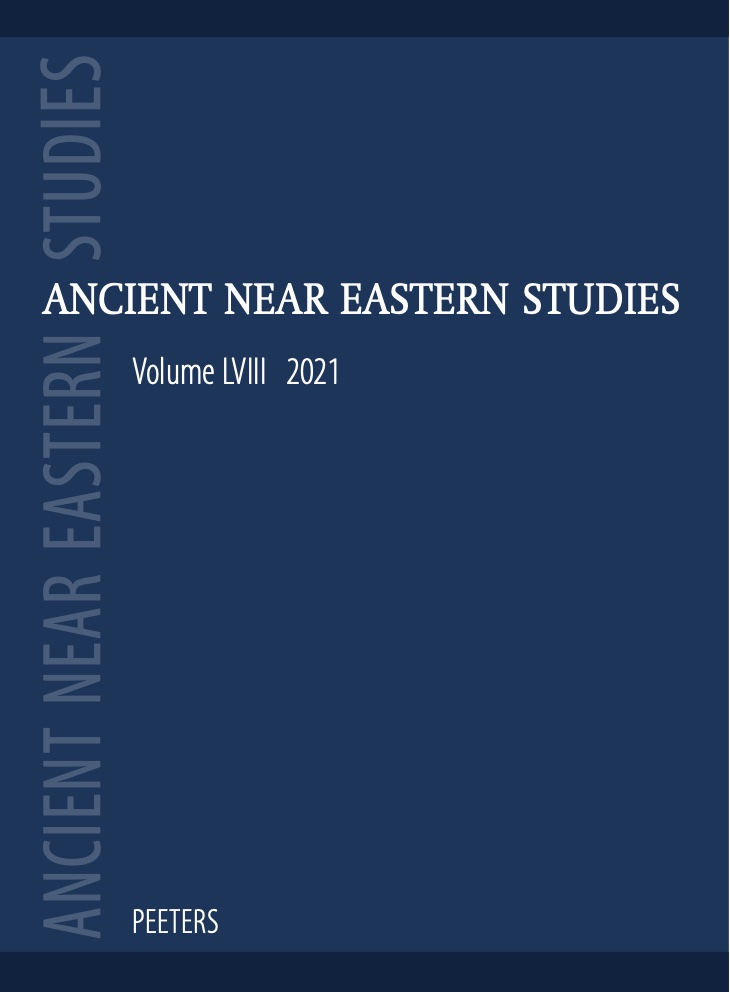 previous article in this issue previous article in this issue | next article in this issue  |

|
Document Details : Title: The Collapse of the Assyrian Empire and the Continuity of Ceramic Culture Subtitle: The Case of the Red House at Tall Sheikh Hamad Author(s): KREPPNER, Florian Janoscha Journal: Ancient Near Eastern Studies Volume: 45 Date: 2008 Pages: 147-165 DOI: 10.2143/ANES.45.0.2033168 Abstract : The complete ground plan (5400 m2) of the so-called Red House has been excavated at Tall Sheikh Hamad/Dur-Katlimmu on the Habur River in Northern Mesopotamia. Cuneiform tablets can date the period in which the Red House was in use to the reign of the Neo-Babylonian king Nebuchadnezzar II after the fall of the Neo-Assyrian Empire. Large quantities of pottery were found on the floors covered by the destruction debris. Pottery from 90 rooms has provided insight into a wide range of forms and their functions, which occurred simultaneously. The analysis of the stratigraphic sequence covering a time span from the late Neo-Assyrian period (seventh century BC) to the turn of the sixth to the fifth century BC clearly demonstrates that there is continuity in both wares and forms. This result calls for a re-evaluation of Iron Age chronology based on pottery periodisation, especially the differentiation of Neo-Assyrian and ‘Post-Assyrian’ pottery. |
|
